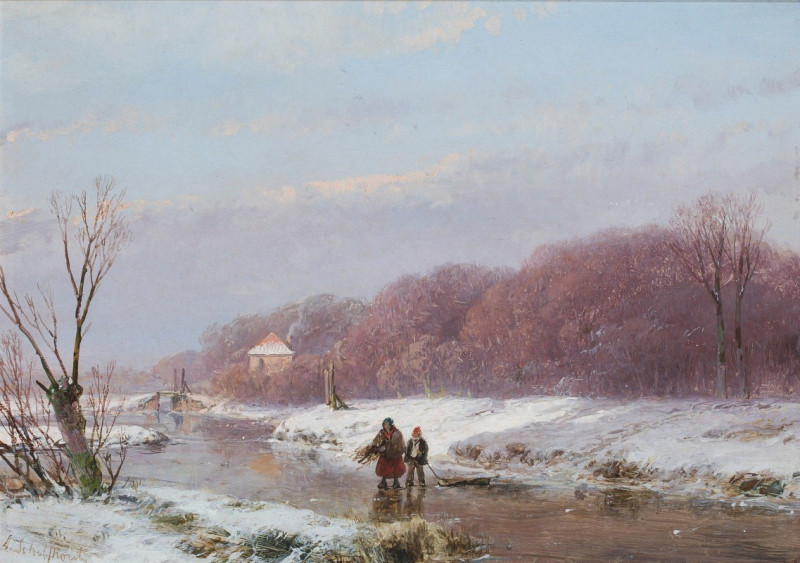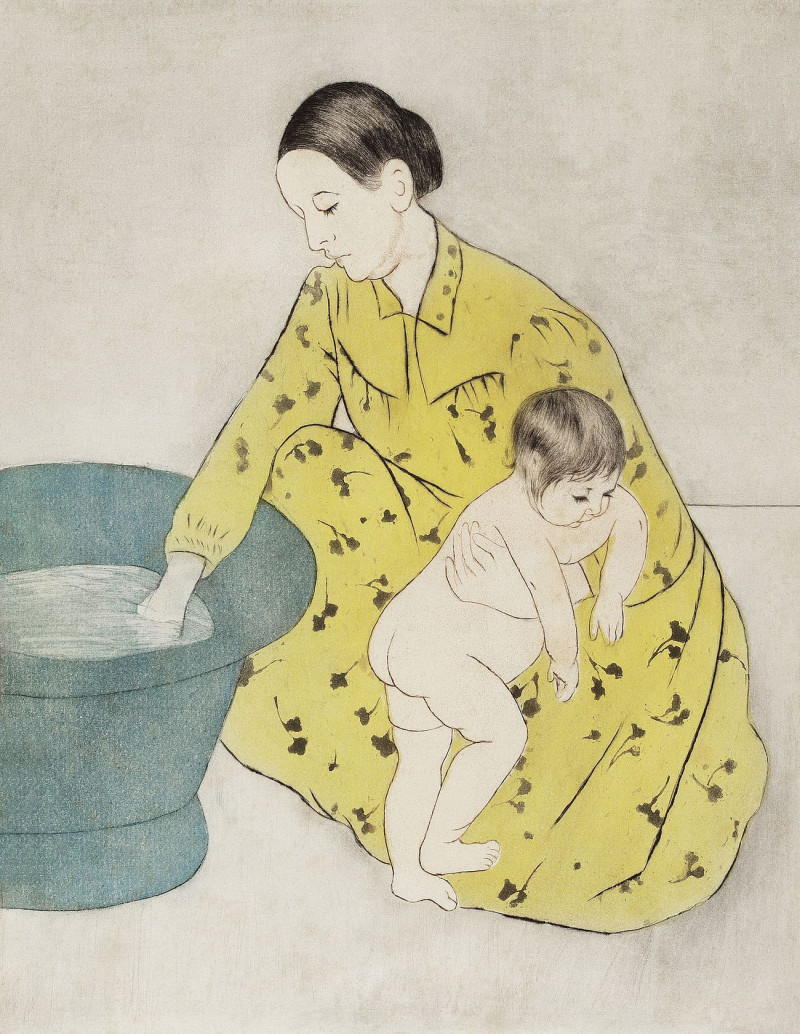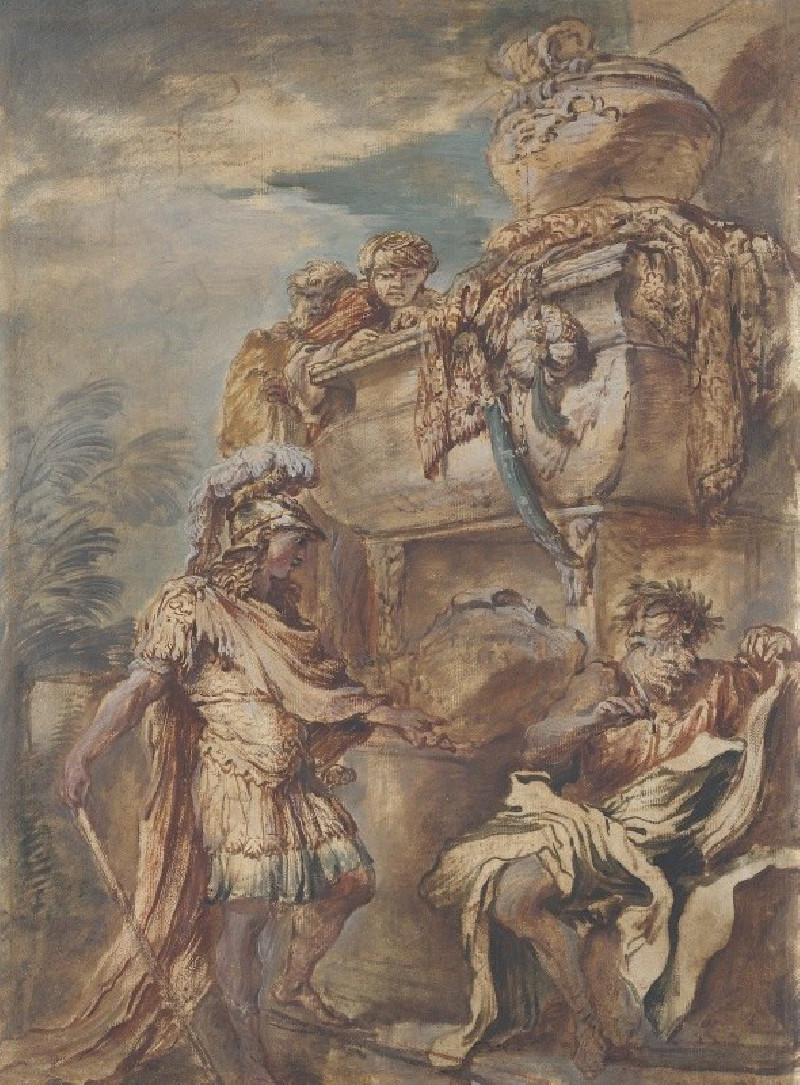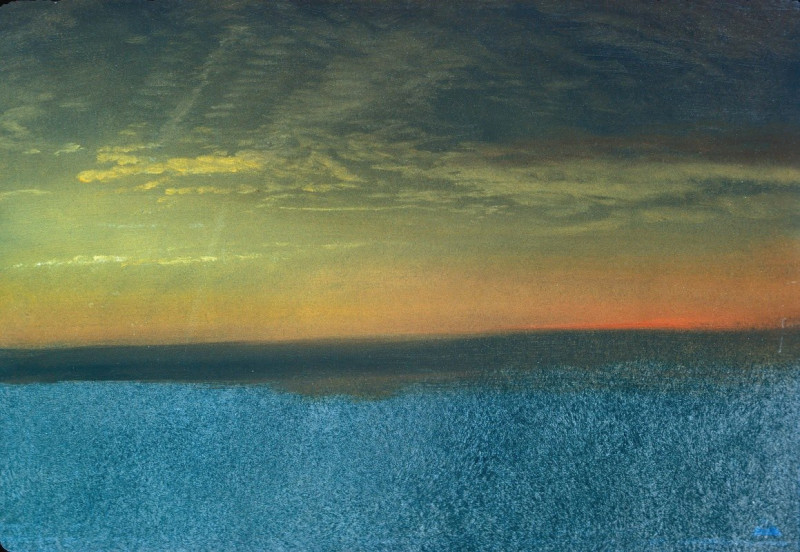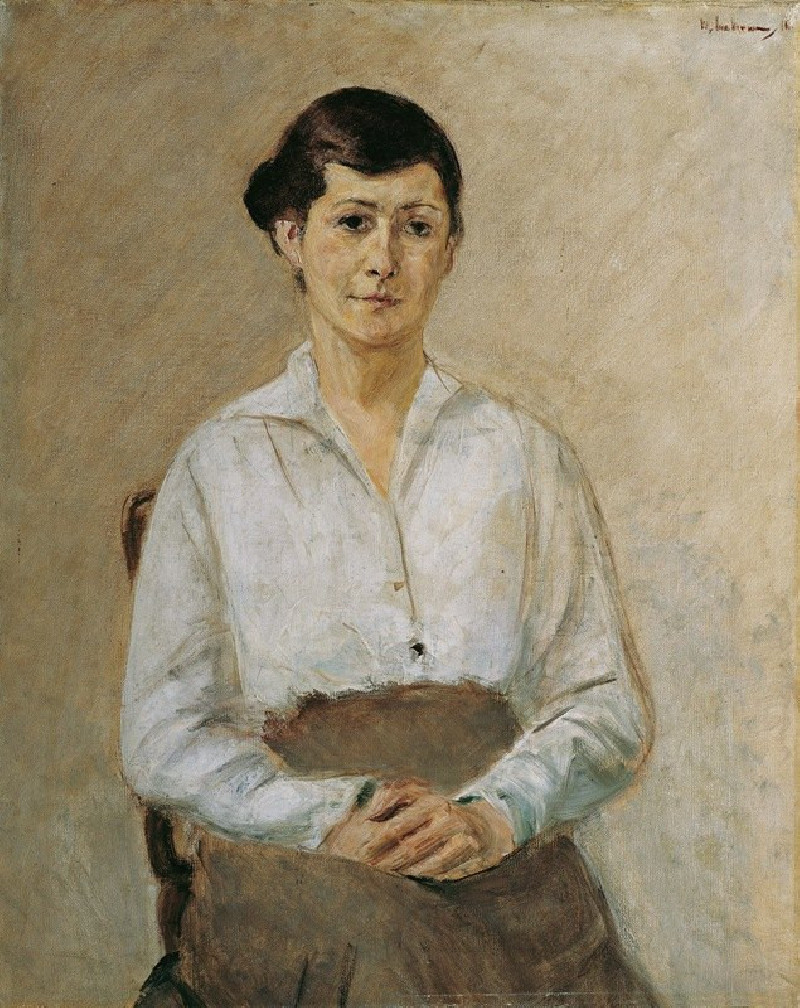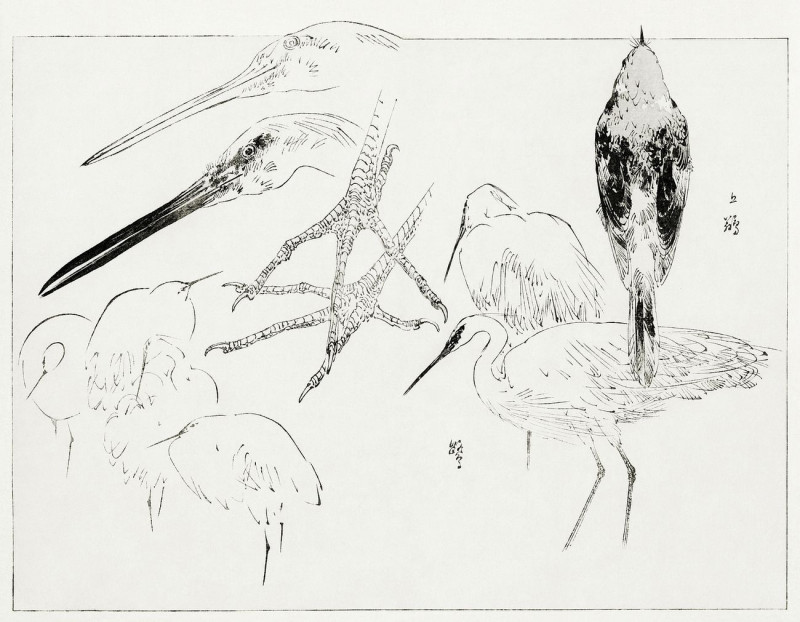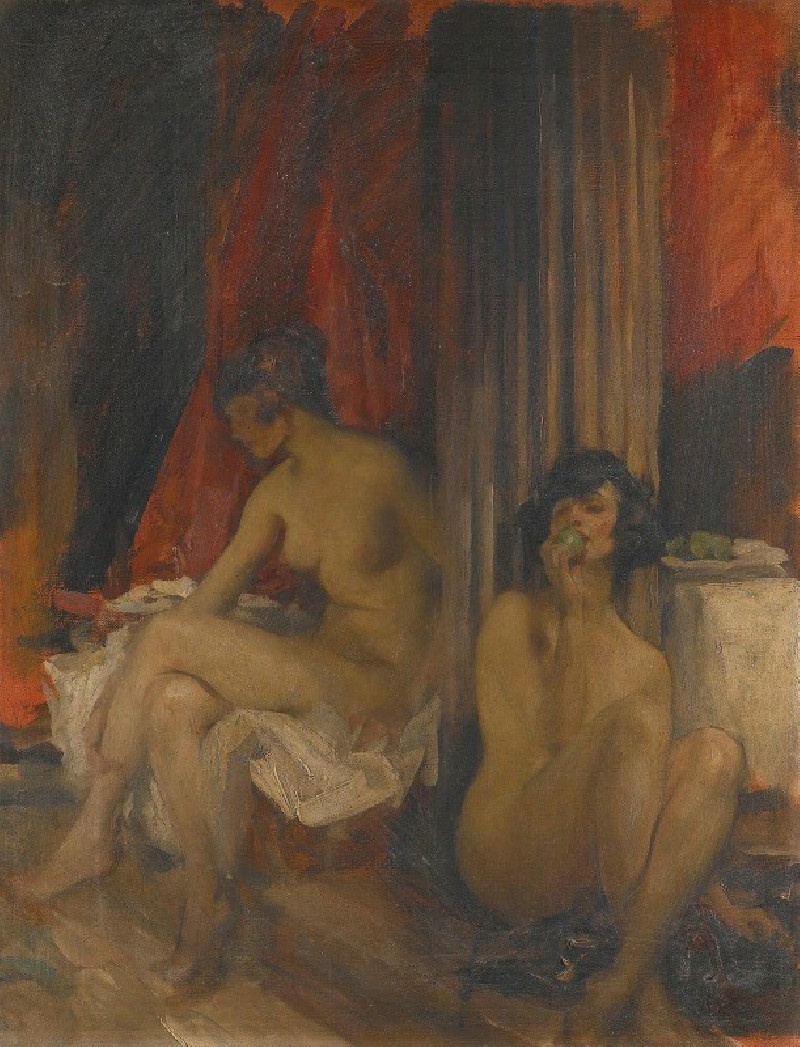Victorine Meurent (about 1862)
Technique: Giclée quality print
Recommended by our customers
More about this artwork
The captivating portrait you are viewing, titled "Victorine Meurent," is a remarkable painting by the renowned French painter, Édouard Manet, crafted around 1862. This artwork offers a glimpse into the visage of Victorine Meurent, a frequent muse and model for Manet, who later became an accomplished painter in her own right.In this portrait, Victorine Meurent is depicted with a serene and introspective expression. Her eyes, softly gazing towards the viewer, seem to convey an air of quiet confidence and thoughtful poise. The painting features Meurent with her hair neatly arranged, adorned with a dark blue ribbon, contrasting her fair skin and adding a delicate touch to her appearance.Her attire, a white blouse with detailed black and blue embroidery, complements her refined demeanor. The light brushstrokes and the play of light and shadow on her face and clothing display Manet's expertise in capturing the subtleties of human expression and the textures of fabric."Victorine Meurent" not only showcases Manet's skill in portraiture but also reflects the artist's modern approach to painting. His works often stirred the art community in Paris by challenging the traditional styles and subjects endorsed by the Académie des Beaux-Arts at the time.In this portrayal of Victorine Meurent, viewers can appreciate the combination of realism and impressionism that Manet navigated through, setting the precursors for the later developments in modern art.
Delivery
Returns
Édouard Manet (1832–1883) was a French modernist painter and one of the first 19th century artists to paint modern life. His impressionist style is characterized by relatively small and thin brushstrokes that create emphasis on light depiction. Manet was one of the key artists in the transition from realism to impressionism, along with Claude Monet, Edgar Degas, and Pierre-Auguste Renoir. However, he resisted involvement in any one specific style of painting, and only presented his work to the Salon of Paris instead of impressionist exhibitions. His early masterworks, The Luncheon on the Grass and Olympia, created great controversy and served as a rallying point for other young painters.

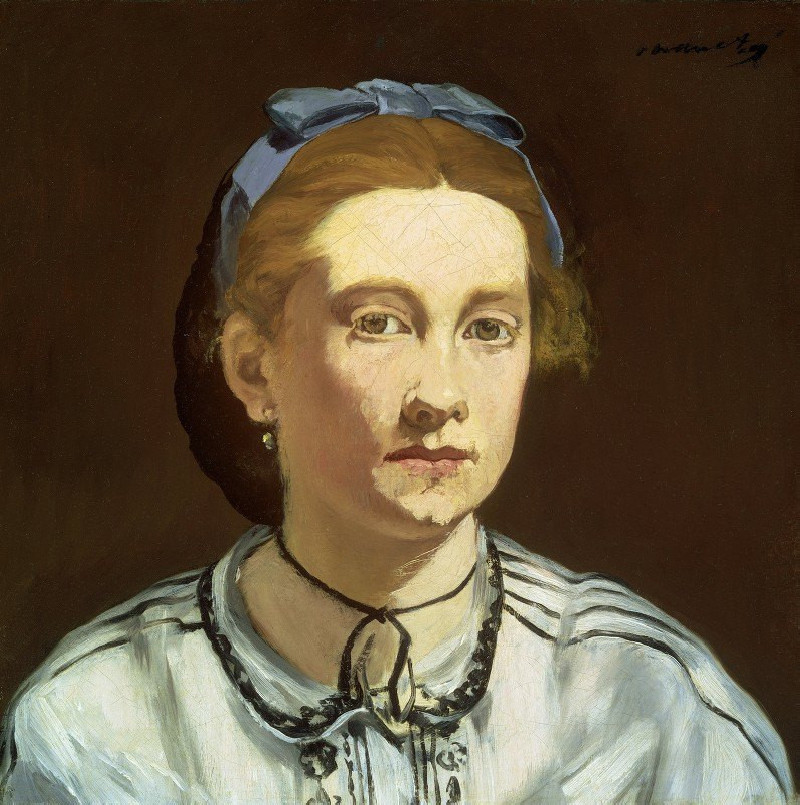

































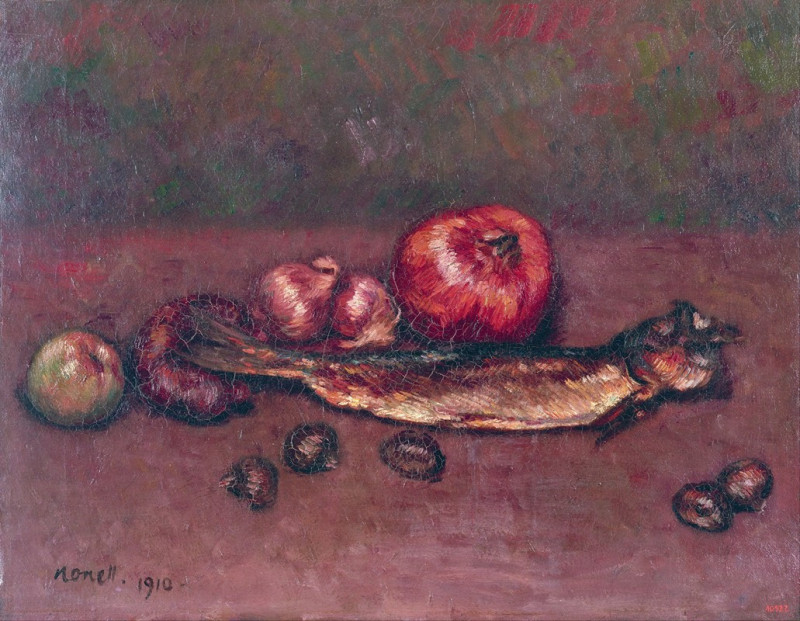

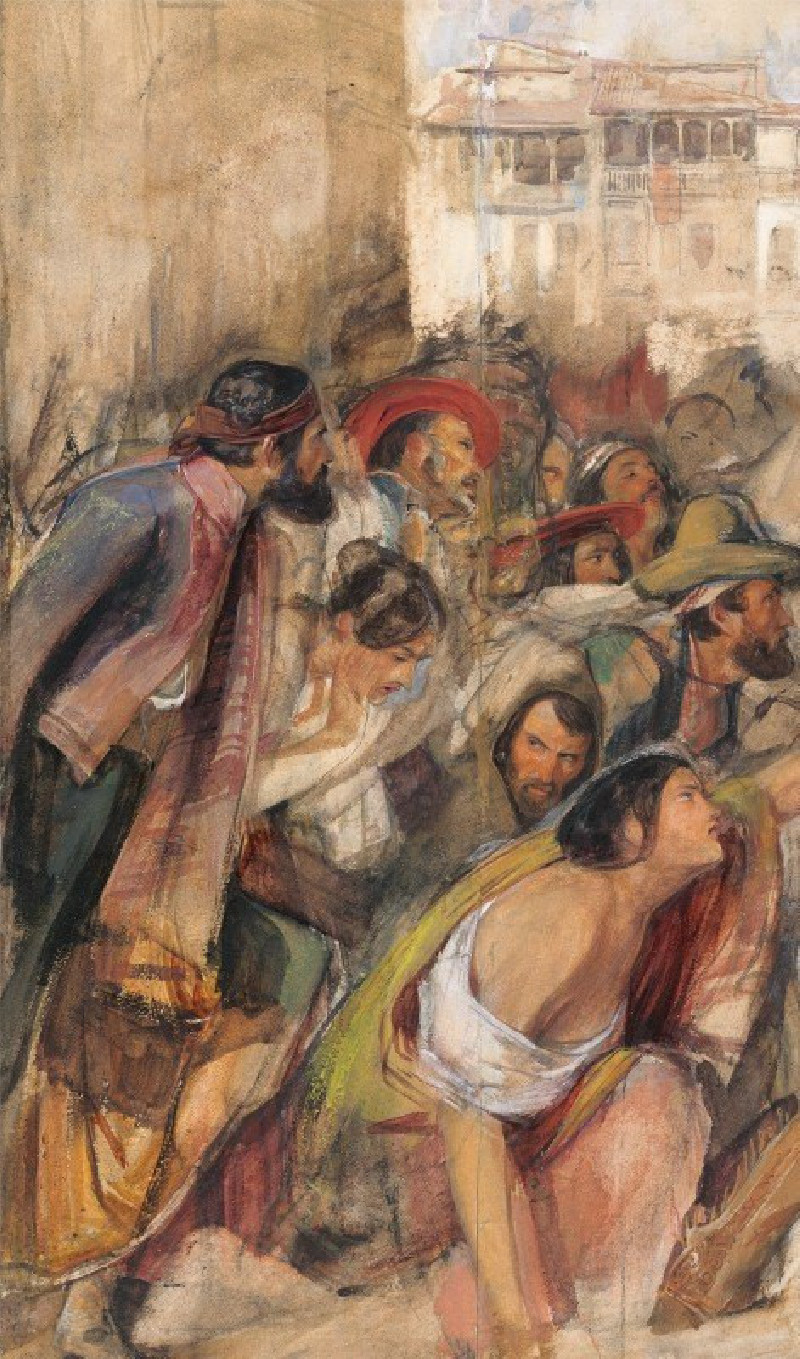
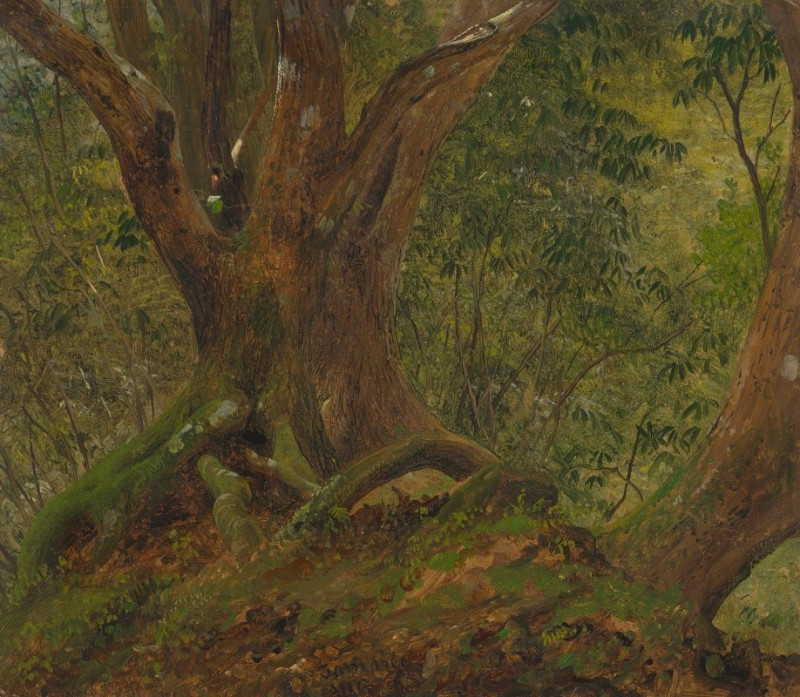
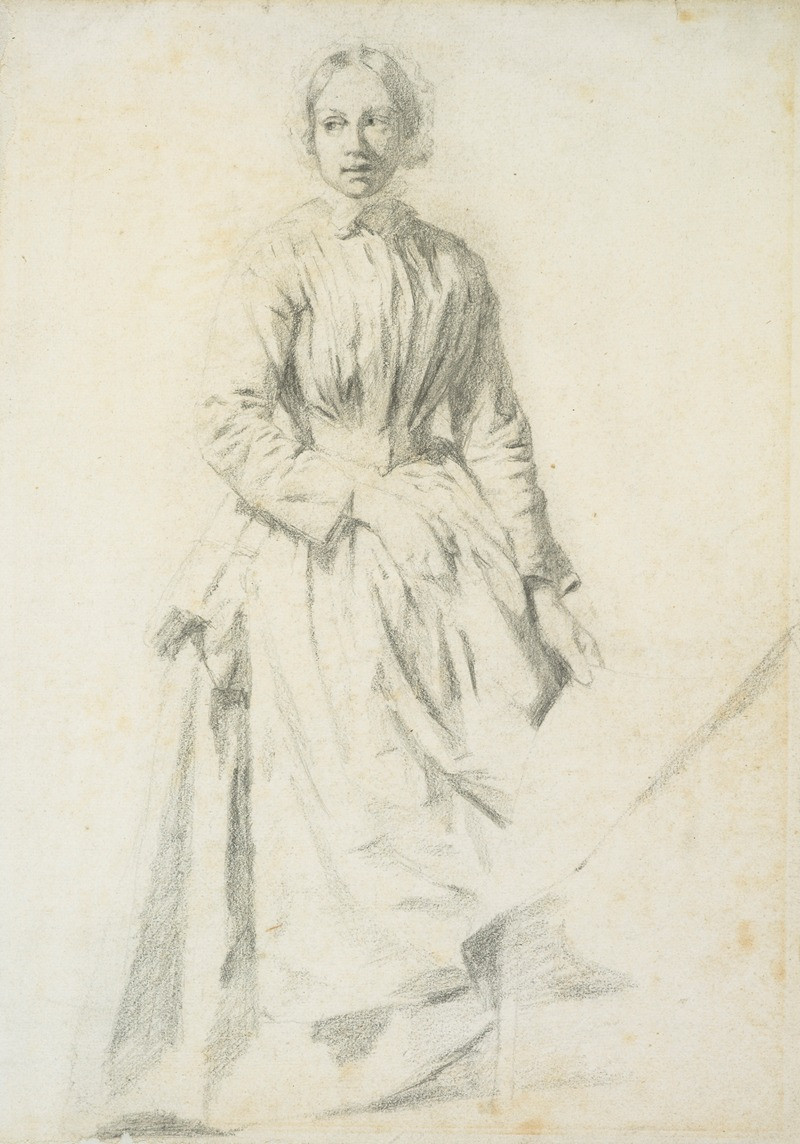
![Tasee Punchou [Tashi Phuntso] (1783) reproduction of painting by Samuel Davis. ALL GICLEE PRINTS](https://reprodukcijos.lt/47935-large_default/reproduction-of-tasee-punchou-tashi-phuntso-1783.jpg)
